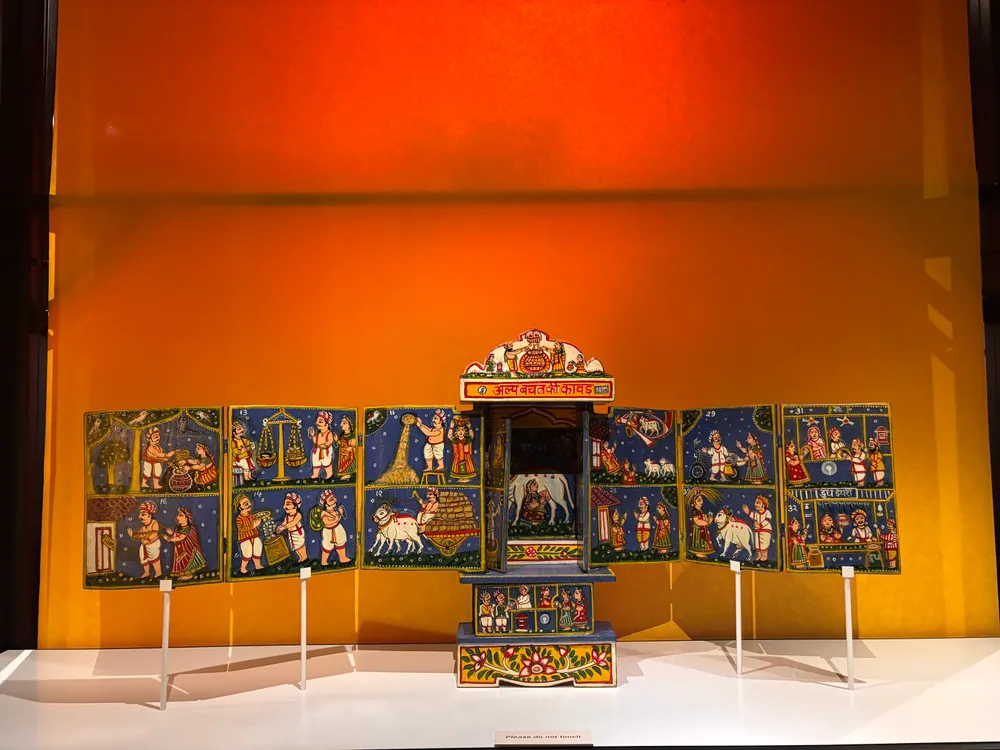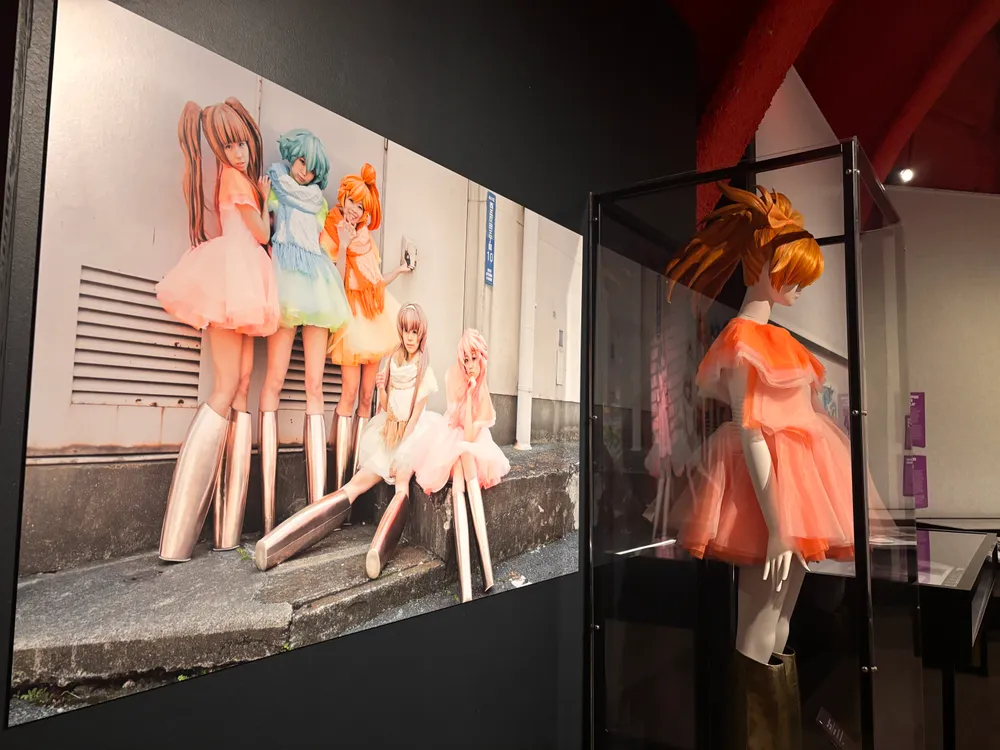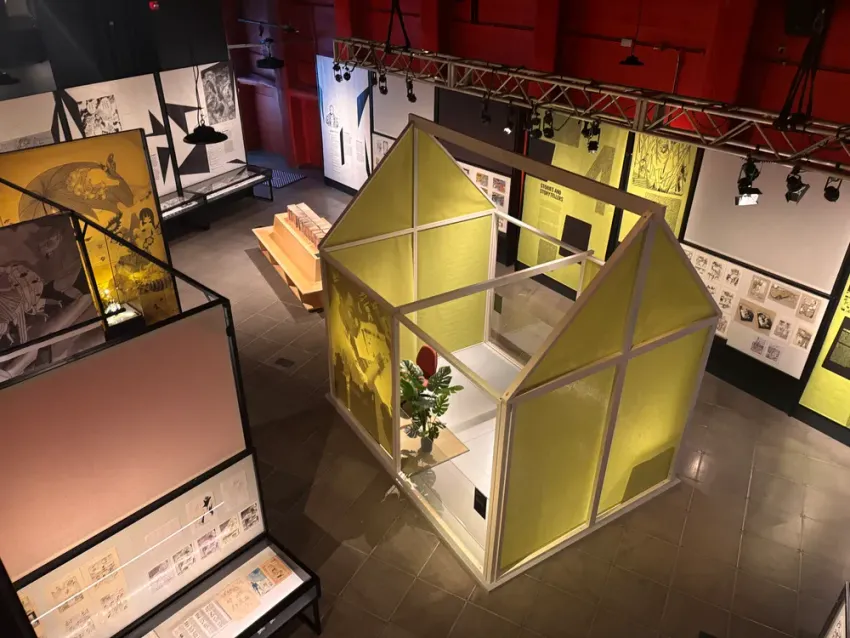Seattle's Museum of Pop Culture (MoPoP) is showcasing an exhibit with over 400 pieces of work by comic artists from Bhutan, Cambodia, China, India, Japan, and Vietnam. “Asian Comics: Evolution of an Art Form” highlights how they have enriched pop culture throughout Asian countries and have promoted progress on topics such as LGBTQIA+ acceptance.
"Seattle has a rich history of embracing global pop culture, from cons to our robust cosplay community to the thriving independent comics scene," Amalia Kozloff, MoPoP’s senior curator, told the SGN. “Asian comics have had a massive influence on artists and audiences worldwide, shaping everything from storytelling techniques to visual aesthetics.”
Kozloff said this exhibit allows viewers to celebrate their cultural impact, artistry, and innovation. At the same time, she mentioned how it will spark meaningful conversations about representation, history, and its future.
"This exhibition is presenting Asian comics, which is a vast topic; it's much more than just manga," Paul Gravett, the original curator, said. "We decided not to do it country by country but instead thematically to engage the public with exploring and discovering unfamiliar kinds of comics that perhaps they've never seen before."
Queer creators appear throughout each section, as inclusion was paramount for the curators.
"Representation is a cornerstone of pop culture, and comics have long been a space where creators can explore identity, challenge norms, and push for greater inclusivity," Kozloff said. "Asian comics, including manga and manhua, have played a significant role in depicting LGBTQIA+ experiences — from early underground works to mainstream stories that resonate across cultures."
Exhibit highlights
Featured at the exhibit is Gengoroh Tagame, known for homoerotic artwork and credited with helping shift the art form away from youthful genres by specifically catering to an adult audience. His comic My Brother's Husband was one of the first in Japan to address the experiences of LGBTQIA+ people in the country and touch on topics of homophobia.
"[The piece] is a moving exploration of family, identity, grief, and acceptance that has profoundly impacted Queer representation in manga. It's a deeply personal and heartfelt work that resonates with many visitors," Kozloff said.
The exhibit’s artwork often reflects current and past events in Asian countries. Through the end of the 20th century and even today, comics have become more political, addressing issues facing everyday people. With the legalization of same-sex marriage in Taiwan in 2019, creators began to see a shift toward more Queer inclusion in the industry.
“Asian Comics: Evolution of an Art Form” also highlights the enfranchisement of girls and young women in Asian comics, showcasing the boom in Japan in the ‘70s and ‘80s specifically targeting female audiences. In one piece, "Through a Woman's Eyes," artists like Maki Kusumoto and Junko Mizuno are celebrated for their playful use of gender nonconformity and ability to alter popular styles, like kawaii, to create diverse stories that center the experiences of feminine-presenting heroines.
The second floor is primarily dedicated to films inspired by printed comics. One such film is an adaptation of Carlo Vergara's Zsazsa Zaturnnah, which chronicles the life of a Gay beautician as he overcomes his homophobic community by transforming into a drag-inspired heroine. Zsazsa Zaturmnah became the twelfth best-selling Filipino fiction book in 2005 and later inspired a live-action film and a musical, despite the country’s ban on same-sex marriage.
A more contemporary part of the exhibit is a feature on the synthetic-voiced "pop star" Hatsune Miku, who has become particularly popular among Trans and Nonbinary cosplayers at anime festivals around the world. Originally created as a vocal synthesizer, young fans have now composed over 100,000 songs by the character. Her popularity has also led to animated hologram performances that draw in thousands of real-life fans. Some consider her the first virtual pop star.
“Asian Comics: Evolution of an Art Form,” which runs until 2026, is the latest in inclusive displays from the MoPoP.
"Including LGBTQIA+ comics in this exhibition reflects the diversity of storytelling within the medium and ensures that visitors can see authentic, meaningful representation. At MOPOP, we are committed to showcasing the full spectrum of voices in pop culture, and this exhibition is no exception," Kozloff said.


Support the Seattle Gay News: Celebrate 50 Years with Us!
As the third-oldest LGBTQIA+ newspaper in the United States, the Seattle Gay News (SGN) has been a vital independent source of news and entertainment for Seattle and the Pacific Northwest since 1974.
As we celebrate our 51st year, we need your support to continue our mission.
A monthly contribution will ensure that SGN remains a beacon of truth and a virtual gathering place for community dialogue.
Help us keep printing and providing a platform for LGBTQIA+ voices.
How you can donate!
Using this Link
Text "SGN" to 53-555
Or Scan the QR code below!



